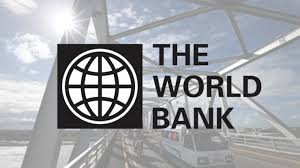 A new World Bank report draws from experiences in five African countries to explain why independent power projects (IPPs) are crucial to help deliver electricity to the 600 million people without it in Sub-Saharan Africa. The report highlights the challenges policymakers face and factors that can lead to scaled-up and sustainable power sector investment.
A new World Bank report draws from experiences in five African countries to explain why independent power projects (IPPs) are crucial to help deliver electricity to the 600 million people without it in Sub-Saharan Africa. The report highlights the challenges policymakers face and factors that can lead to scaled-up and sustainable power sector investment.
Africa’s power sector needs far exceed most countries’ already stretched public finances, making it crucial for governments to attract greater levels of private investent to scale up generation capacity. To reach the scale required, governments must provide a sound investment climate and enabling environment, the report finds.
“Independent Power Projects in Sub-Saharan Africa – Lessons from Five Key Countries” Power projects on case studies carried out in Kenya, Nigeria, South Africa, Tanzania and Uganda – countries that have the most experience with IPPs in the region.
“Independent power projects now constitute the primary vehicle for private investment in the African power sector,” said Makhtar Diop, the World Bank’s Vice President for Africa. “The objective of this report is to identify key lessons that can help African countries attract more and better private investment.”
Currently, there are 126 IPPs in 18 Sub-Saharan countries, accounting for an installed capacity of 11 GW and $25.6 billion in investments. But to benefit more countries the report recommends these IPPs should be much larger and spread across the region.
Enabling factors for attracting more and better IPPs include:
- More competitive procurement efforts from countries in Sub-Saharan Africa, which includes encouraging long-term contracts through a competitive bidding process. This can help secure reduced prices and help avert other issues, such as the possibility of a problematic contract. If direct negotiations are conducted, they should be done transparently.
- Clear and conducive energy sector policies, structures and regulatory environment.
- Systematic and dynamic power sector planning, including the ability to accurately project future electricity demand, determine best supply or demand management options and anticipate how long it will take to procure, finance, and build the required electricity generation capacity.
- Financial viability of the public utilities is vital as they remain the principal off-takers of power produced by IPPs. Given the high-risk environment of most countries in Sub-Saharan Africa, it will be important to provide proper mitigation through financial guarantees and security measures to attract new investors.
The report also finds that renewable energy IPPs are becoming more promising and can be viable if procured competitively.
The report concludes that all sources of investment need to be encouraged and for IPPs to flourish, countries in Sub-Saharan Africa need dynamic, least-cost planning linked to the timely, competitive procurement of new power generation capacity. This must be accompanied by effective regulations that encourage distribution utilities that purchase power to improve their performance and prospects for financial sustainability, thereby widening access to electricity.
www.worldbank.org


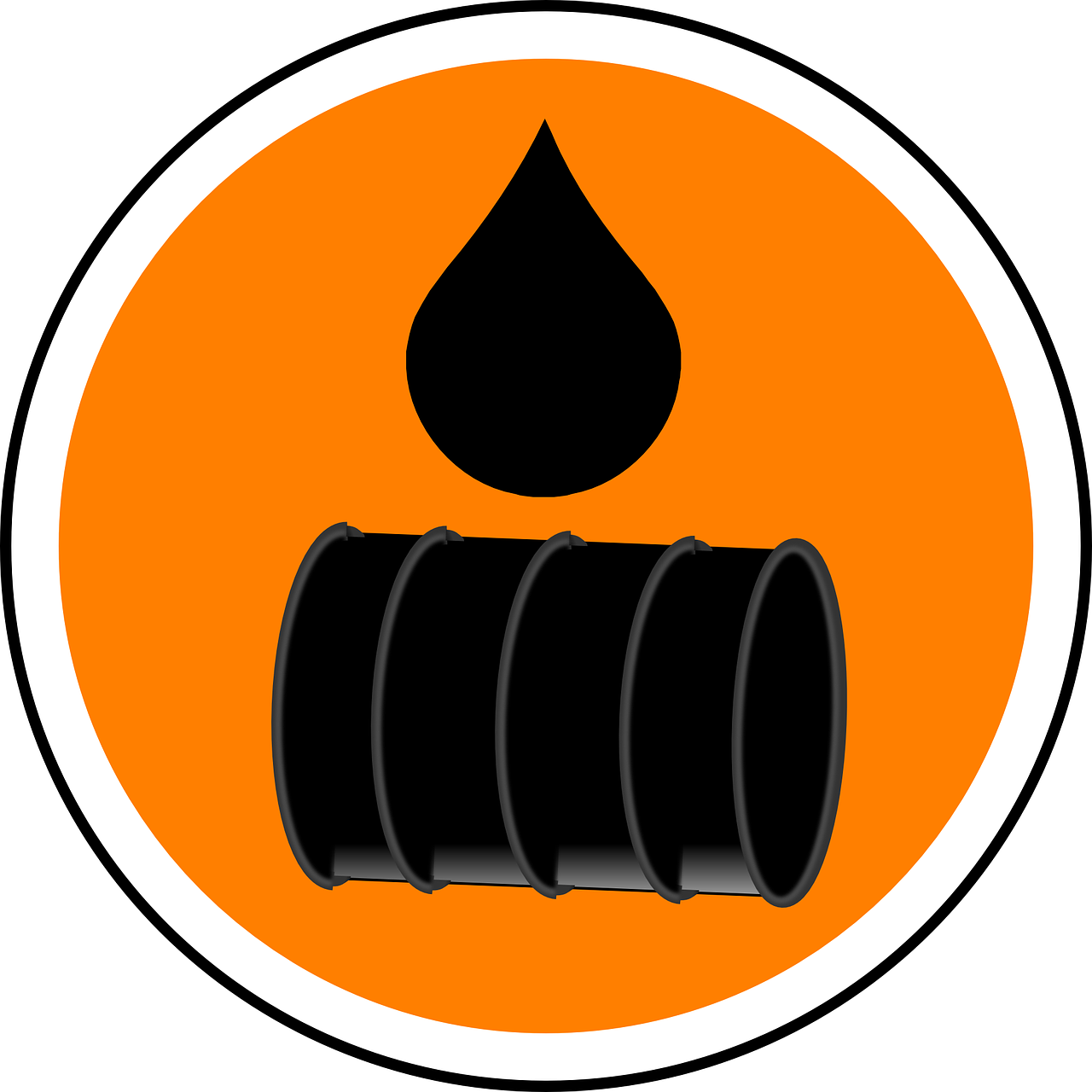
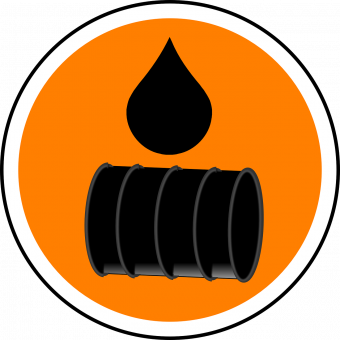
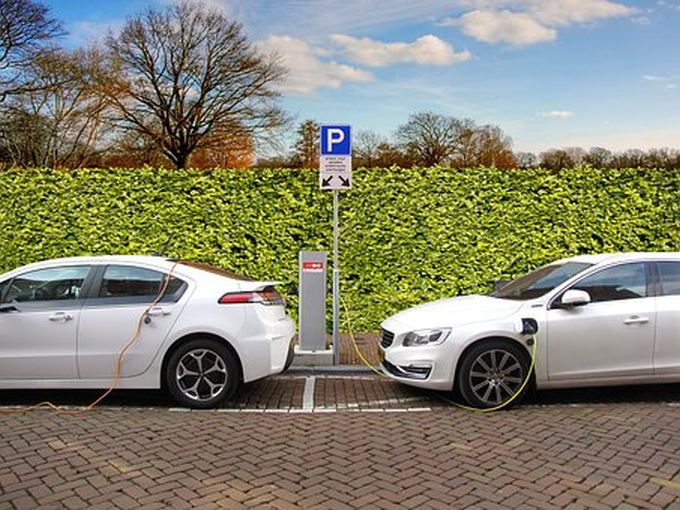


 Applied Energy Technologies (AET) announced that it has completed a 5MW solar installation project with Rosendin Construction Puerto Rico, in Juncos, Puerto Rico. The modules added to the project are Hanwha Q Cells 300W. The installation is expected to generate power to a Medtronic Pharmaceuticals site.
Applied Energy Technologies (AET) announced that it has completed a 5MW solar installation project with Rosendin Construction Puerto Rico, in Juncos, Puerto Rico. The modules added to the project are Hanwha Q Cells 300W. The installation is expected to generate power to a Medtronic Pharmaceuticals site.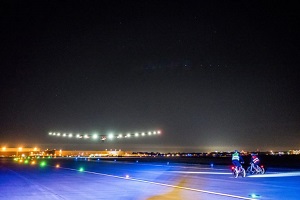
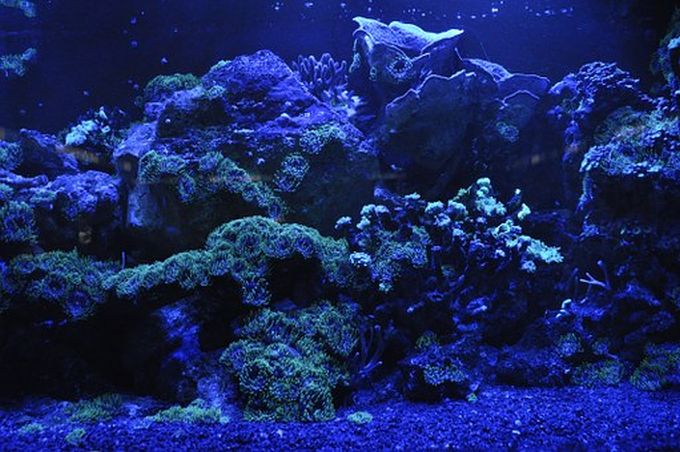
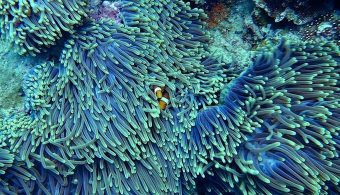
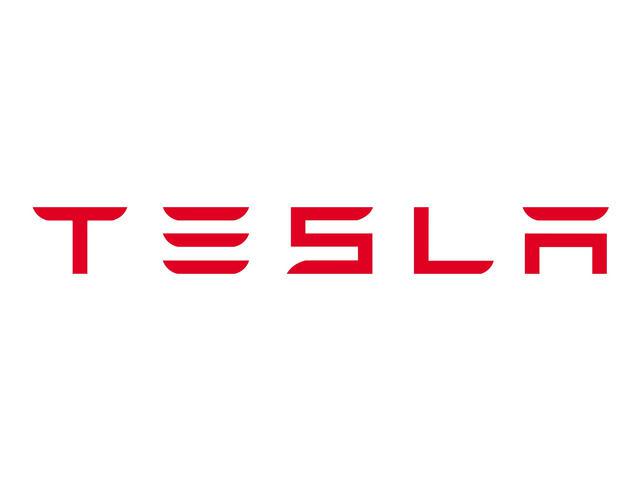
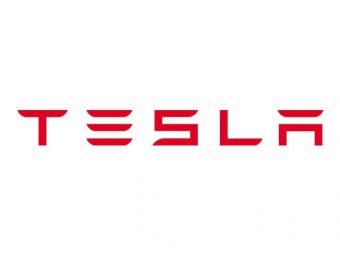




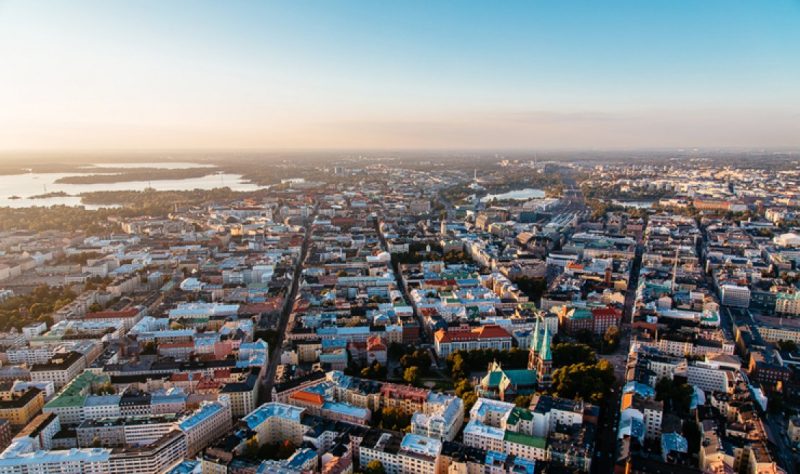
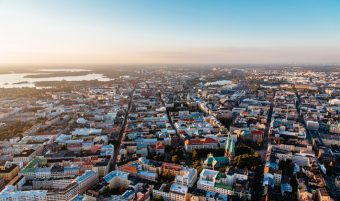 The European Investment Bank (EIB) has signed a loan agreement with YIT of Finland, in support of energy efficiency in an urban development project in Helsinki. The loan is guaranteed under the European Fund for Strategic Investments (EFSI).
The European Investment Bank (EIB) has signed a loan agreement with YIT of Finland, in support of energy efficiency in an urban development project in Helsinki. The loan is guaranteed under the European Fund for Strategic Investments (EFSI).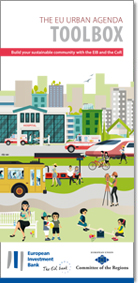
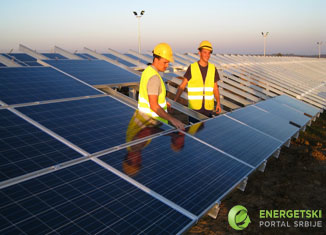
 Solar Citizens says since the 2012-13 financial year, rooftop solar owners have saved about $1bn on their household bills each year.
Solar Citizens says since the 2012-13 financial year, rooftop solar owners have saved about $1bn on their household bills each year.



